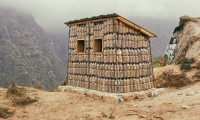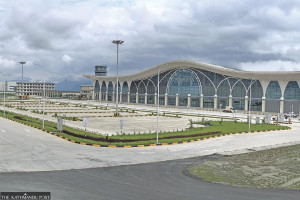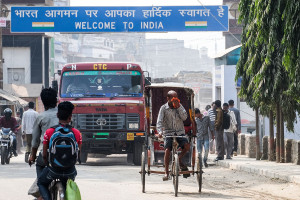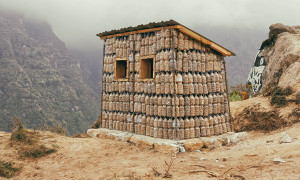Money
Breakthrough expected in Nepal-India air route talks
The eagerly awaited Nepal-India air routes talks started in Kathmandu on Thursday, raising hopes that cross-border airspace issues that have been pending for the last five years will be sorted out.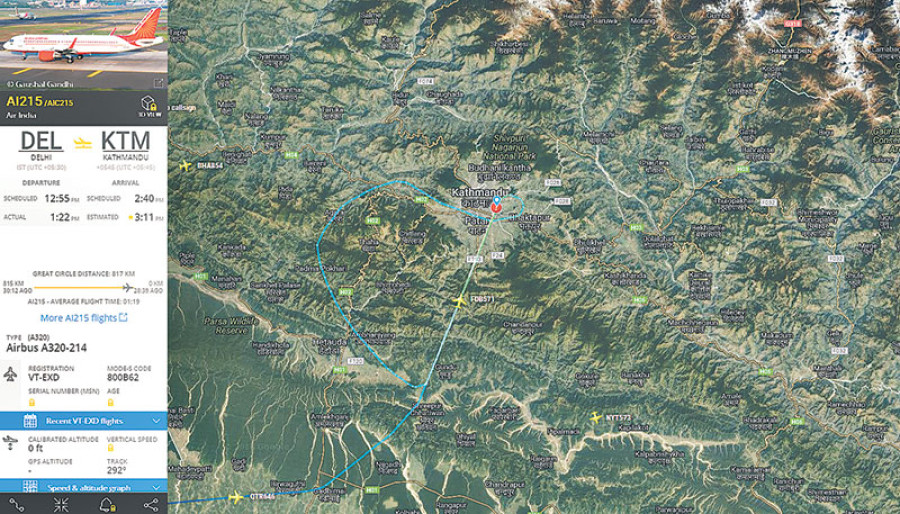
The eagerly awaited Nepal-India air routes talks started in Kathmandu on Thursday, raising hopes that cross-border airspace issues that have been pending for the last five years will be sorted out. “Discussions are going on. We expect some positive outcomes by Friday,” said a participant in the bilateral talks.
The six-member Indian technical delegation is led by Anil Kumar Dutta, member of Air Navigation Services and board member of the Airport Authority of India (AAI) while Narendra Bahadur Thapa, deputy director general of Air Navigation Services Directorate of the Civil Aviation Authority of Nepal (Caan), is leading the Nepali team.
Thursday’s talks ended at 3 pm after which the AAI made several presentations on satellite-based navigation system focusing on the need for strengthening regional airspace cooperation.
Nepal’s agenda for the technical panel discussion includes bidirectional routes or entry or exit points from Janakpur in the eastern, Nepalgunj in the mid-western and Mahendranagar in the far western regions, according to Caan officials.
Nepal formally asked India to open the new cross-border air routes during Indian Prime Minister Narendra Modi’s visit to Kathmandu in 2014. The proposed bidirectional routes will facilitate the operation of international flights from Bhairahawa, Pokhara and Nijgadh airports.
According to Caan officials, if the talks yield a positive outcome, a memorandum of understanding will be signed between Caan and the AAI to conduct a safety assessment of the agreed routes. After the safety assessment, a report will be published in an aeronautical information publication (AIP) before the new air paths can become operational. “However, the process can take months,” said the officials.
The issue of new air routes was also discussed during the Indian premier’s visit to Nepal on May 11.
In August 2014, a joint communiqué issued by the two countries at the end of the visit said, “The cross-border direct routes will facilitate flights between regional airports in Pokhara and Bhairahawa, and this will save time and money for air travellers and also improve air connectivity between India and Nepal.”
Subsequently, the prime ministers of the two countries directed the concerned authorities to meet within the next six months to resolve the issue. Based on this instruction, Nepal and India agreed to make the Kathmandu-Mahendranagar-Delhi (L626) route bidirectional or two-way in 2016.
Nepal has been pushing the agenda of expanding cross-border air routes for the last nine years, as there is only a single entry point in Simara for most of the airlines flying to the country. In contrast, there are seven exit points for aircraft flying out of Nepal: Bhairahawa and Mahendranagar in the west, and Simara, Biratnagar, Tumlingtar, Kakarbhitta and Janakpur in the east.
Besides Simara, two other entry points over Mechi and Tumlingtar (Nonim which is in the east of Everest) have been specifically designated for flights coming from Bhutan and Lhasa respectively. The Simara entry point is used by a majority of aircraft flying to Nepal and is, therefore, congested most of the time.
The two upcoming international airports in Bhairahawa and Pokhara will not be financially and technically feasible if India does not allow aircraft to enter Nepal from one of the proposed cross-border air routes in Bhairahawa, Nepalgunj or Mahendranagar.




 15.12°C Kathmandu
15.12°C Kathmandu


